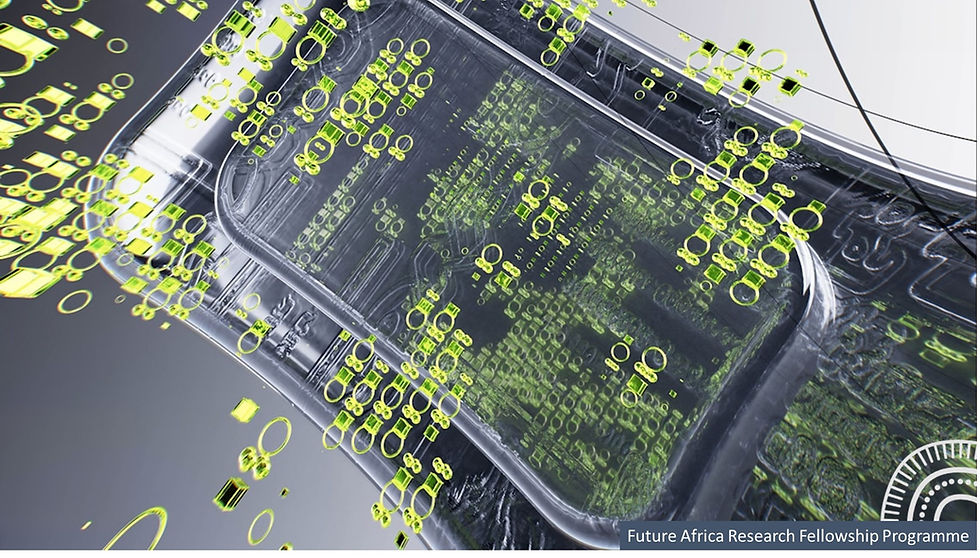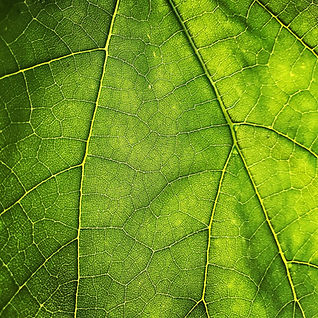Submitted (Amollo) | Enhanced photovoltaic performance of organic solar cells with silver sulfide/reducedgraphene oxide nanocomposite in the photoactive and hole transport layers
- Leti Kleyn
- Dec 1, 2021
- 1 min read
Updated: Nov 1, 2024

Abstract
This study reports a successful synthesis and application of Ag2S-rGO nanocomposite to improve the performance of organic solar cells (OSCs). The nanocomposite was applied in photoactive and hole transport layers of OSCs. The synthesis was done using the chemical reduction method. Morphological analysis of the Ag2S-rGO nanocomposite through scanning electron microscopy (SEM) demonstrated the intercalation of rGO sheets within the Ag2S nanoparticles during the chemical reduction process and that Ag2S had a nanowire shape. X-ray diffraction (XRD) analysis showed that the Ag2S nanoparticles are of high crystallinity with a d-spacing ranging from 1.0 Å to 5.2 Å. The nanocomposite exhibited strong optical absorption in the UV region. The surface plasmon resonance effect associated with Ag2S nanoparticles, crystallinity, and hydrophilicity of the nanocomposite made it suitable for OSC application. Incorporating Ag2S-rGO nanocomposite in the photoactive layer of OSCs slightly increased the absorption band within the visible region. All the OSCs with modified active layers and HTL exhibited an improved photovoltaic performance. In the active layer, the nanocomposite improved charge generation, leading to increased Jsc and a subsequent enhancement in PCE of up to 127%. On the other hand, the nanocomposite improved charge collection at the interface, leading to an enhanced PCE of up to 53%.
keywords: silver sulfide/reduced graphene oxide nanocomposite; structural properties; optical properties; organic solar cells; photoactive layer; hole transport layer
Manuscript submitted to Journal of Materials Science: Materials in Electronics | This research was funded by the Carnegie Corporation of New York and The World Academy of Sciences (TWAS) (grant no. 20-187 RG/PHYS/AF/AC_I – FR3240314148).









